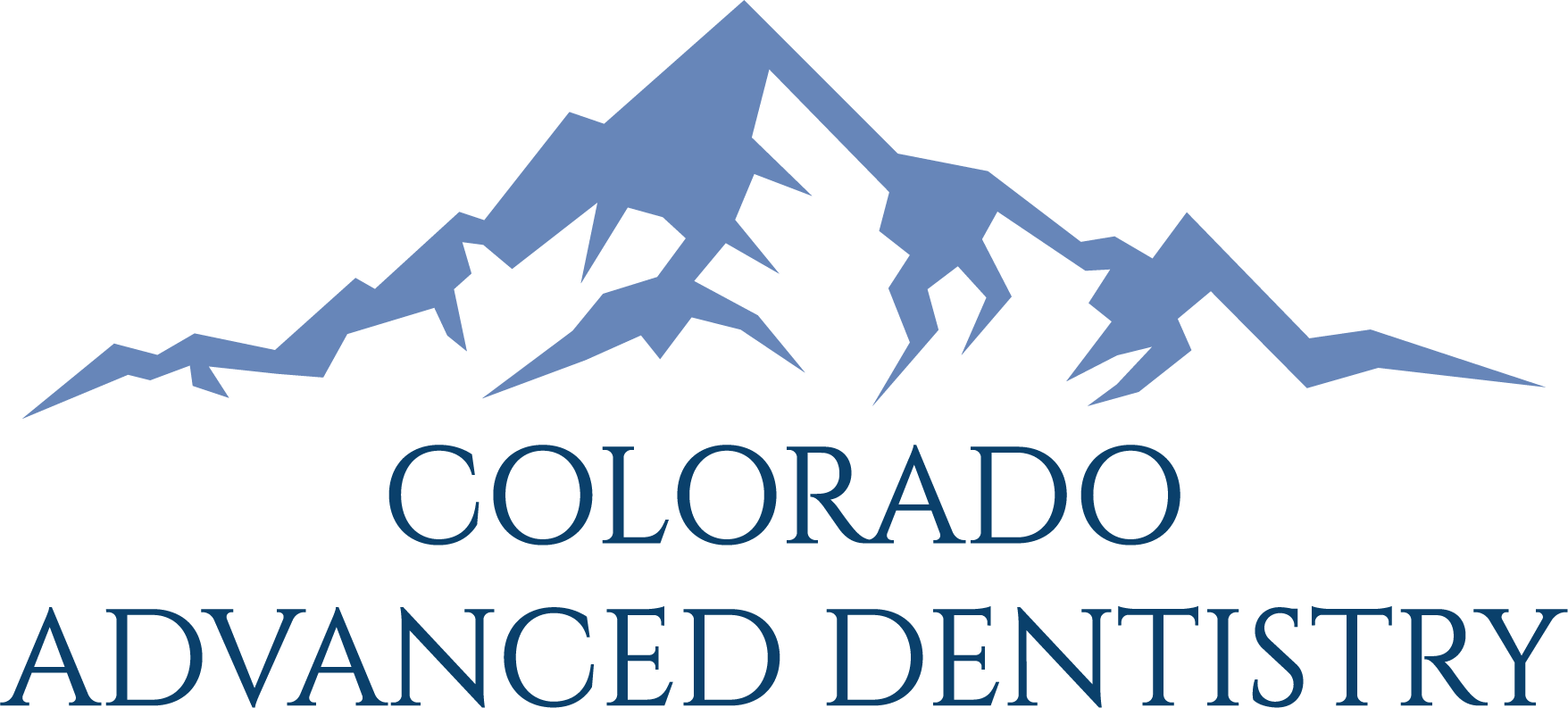Payment Options
Payment & Insurance Options
Dr. Whatcott believes that his patients deserve to have choices for dental care regardless of what their insurance contract covers. Frequently patients are disappointed when they learn that the procedures they desire are not covered by their insurance program. They are especially troubled when they learn that their insurance always has a co-pay and a maximum annual benefit of approximately $1,000. Dental insurance programs do NOT cover 100 percent of the basic dental care recommended by the American Dental Association.

Variety of Methods for Payment
To deal with this disparity, Dr. Whatcott offers a variety of methods for payment from which patients may choose, either alone or in combination.
They include:
- Payment in the form of cash, check, or major credit card.
- Cash payment in full (15% fee reduction for treatment over $2,000)
- Care Credit (Interest-free payment plan or extended interest-bearing payment plan for up to five years)
- We gladly offer the following employer-provided funding sources:
- Health Fitness Account
- Flex Plan
- Cafeteria Plan
DELTA DENTAL INSURANCE
Colorado Advanced Dentistry is a proud participant in the Delta Dental insurance network. Delta Dental is by far the largest dental insurance provider in Colorado and has provided dental insurance coverage to Colorado dental patients since 1958. Colorado Advanced Dentistry is an in-network provider of Delta Dental Premier dental insurance.

LITTLE KNOW FACTS ABOUT DENTAL INSURANCE
To many dental patients, the subject of insurance is confusing. Few patients have a proper understanding of the benefits to which they are entitled, and even fewer understand how dental insurance works. There is a huge disparity between the basic standard of dental care as defined by the American Dental Association (ADA) and the minimal level of dental care covered by an insurance policy. Dental insurance companies only pay for the procedures and materials negotiated in a contract with employers. Most people are surprised to learn that their insurance does NOT cover 100 percent. There is always a patient co-pay. To help educate patients on these sometimes confusing issues, some of the most frequently asked questions are listed below.
FAQ
Q. Who decides how much will be paid when insurance is involved?
A. The insurance company does. Typically, the insurance company will survey a geographical area and calculate an “average fee” for dental services within that area. Then, the company will take 50-80 percent of that fee amount and declare it “usual and customary.” Anything above that “usual and customary” figure is not paid. Insurance companies consider this to be the patient’s co-payment. They also will reduce the patient’s benefit by an annual deductible.
Q. Does this mean that typical fees for dentistry services will not be covered by dental insurance plans?
A. Unfortunately, when insurance companies calculate the average fee for a geographical area, their calculations are based on the lowest common denominator for dental services. For instance, they include the lowest cost, lowest quality dental materials, and of course, they include the services provided by discount dental clinics and managed care facilities. Therefore, as you would expect, a high quality dental practice normally will exceed the “usual and customary” fees established by dental insurance companies. This office monitors CDA published treatment fees. Our fees are average.
Q. Do these restrictions also apply to Laser Gum Treatment procedures?
A. In the case of Laser Gum Treatment, a focus of my practice, many insurance plans impose a waiting period for treatment. At the end of the waiting period, coverage may be only 50 percent of the cost of treatment up to the patient’s annual benefit, less the deductible.
Q. What exactly is dental insurance?
A. Dental insurance is a contract between your employer and an insurance company. The benefits you receive from your policy are based on the terms of the contract negotiated between your employer and the insurance company. In all instances, dental insurance provides only a partial allowance.
Q. Is a dental insurance policy similar to a general health insurance policy?
A. Actually there are major differences between the two. One of the most significant differences lies in the amount of coverage you can count on. In the case of dental insurance, even the most comprehensive policy will never pay for all of the dental service you receive. Dental insurance is an allowance rather than a pay-all proposition.
Q. Why doesn’t my dental insurance cover all of my dental needs?
A. Your benefits are the result of the negotiated relationship between your employer and the insurance company. The amount your plan pays is determined by the agreement negotiated by your employer with the insurer, and, of course, the negotiating parties have no knowledge of your dental needs. In most cases, the dental benefits you receive are mediated by your company’s human resources representative and the dental insurance agent. Cost, not dental care, is always the prime consideration. ADA recommendations for basic care are not a significant factor in these bargaining sessions. Your dental coverage is determined not by your dental needs—but by how much your employer contributes to the plan. And like automobile insurance, there is always a deductible negotiated up front. No insurance company pays the whole cost.
